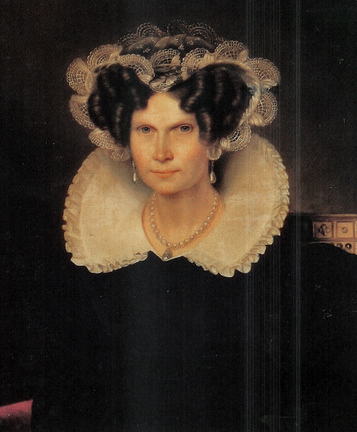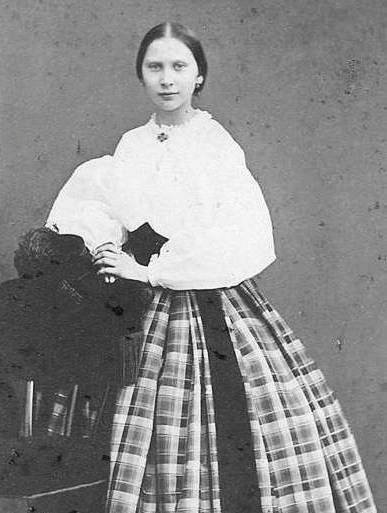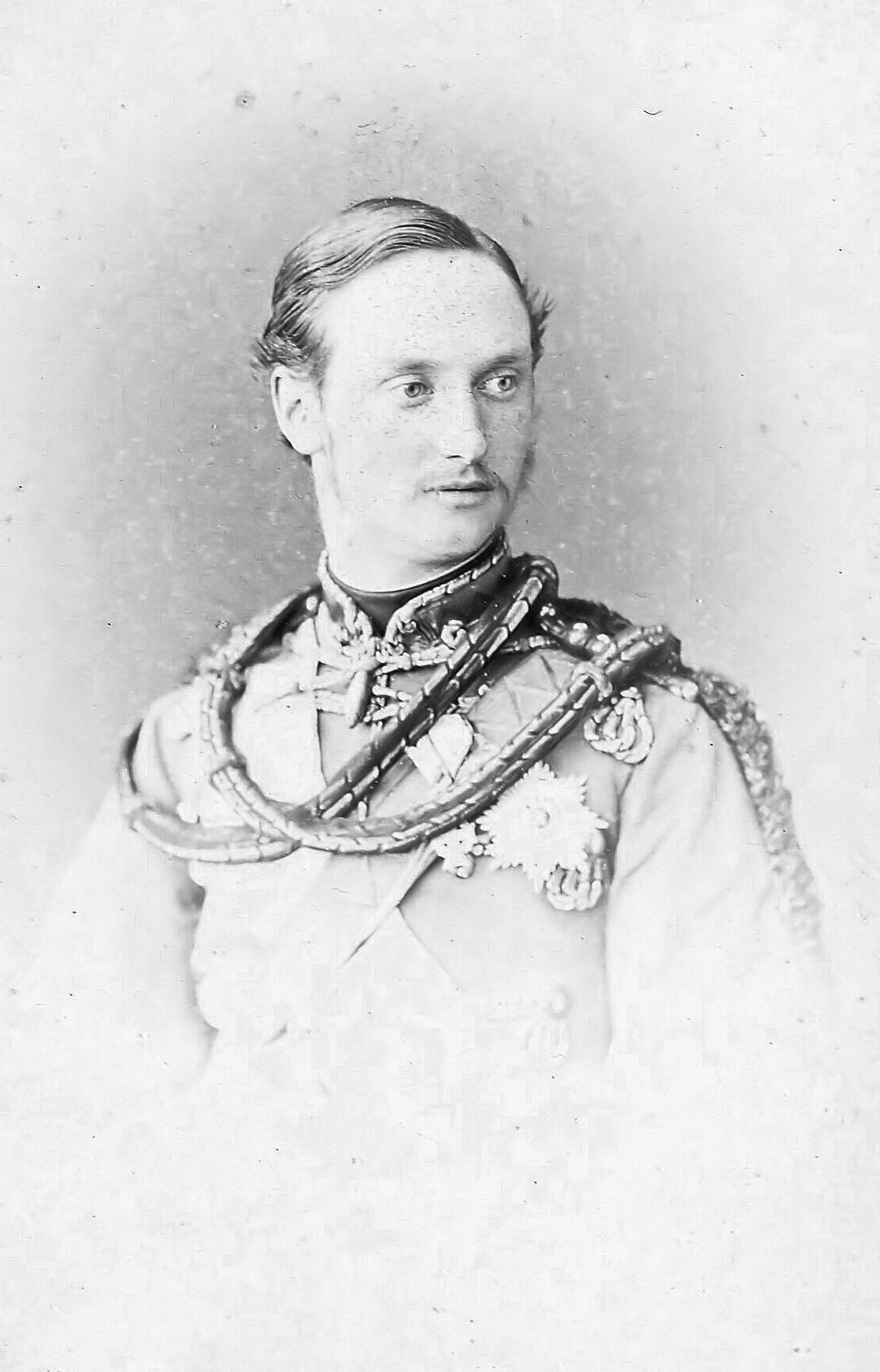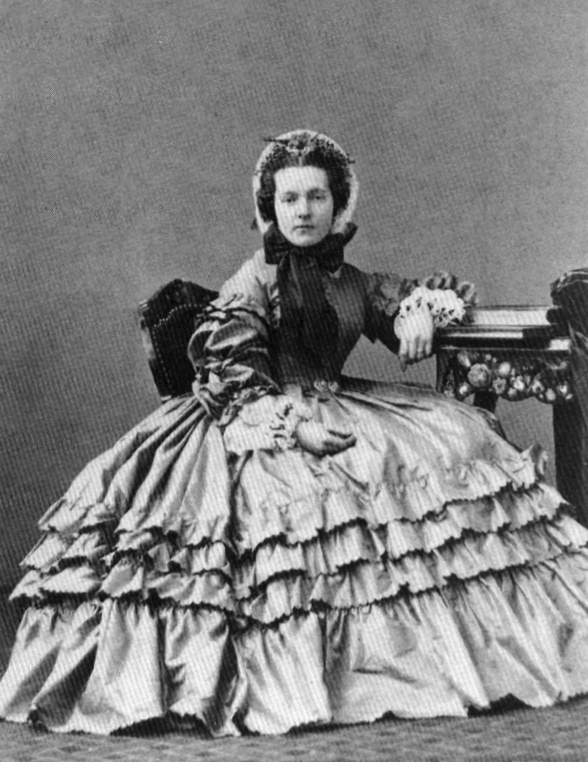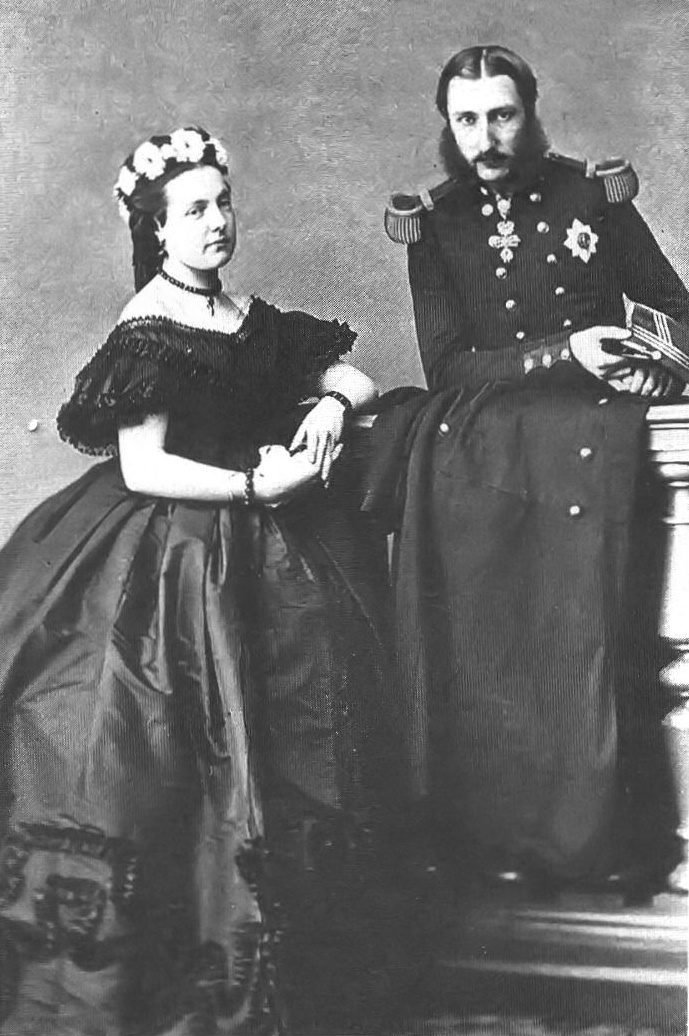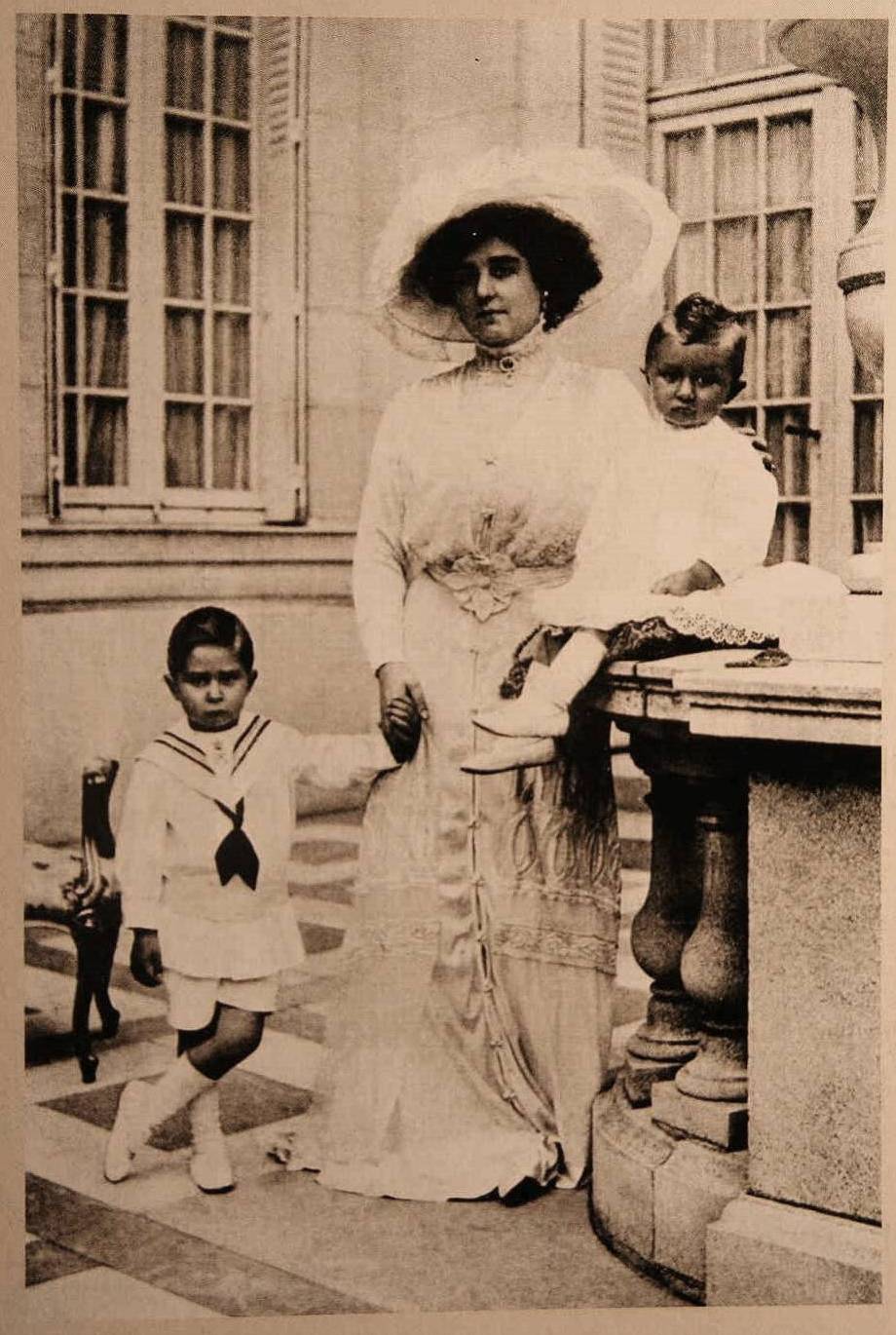by Susan Flantzer
- Brigadier-General The Honorable John Hepburn-Stuart-Forbes-Trefusis
- Timeline: October 1, 1915 – October 31, 1915
- A Note about German Titles
- Royals/Nobles/Peers/Sons of Peers Who Died in Action

Brigadier-General The Honorable John Hepburn-Stuart-Forbes-Trefusis; Credit – http://www.devonremembers.co.uk
Brigadier-General The Honorable John Hepburn-Stuart-Forbes-Trefusis
The Honorable John Hepburn-Stuart-Forbes-Trefusis was born on January 14, 1878 in London, England. He was the eldest son from the second marriage of his father Charles Hepburn-Stuart-Forbes-Trefusis, 20th Baron Clinton to Margaret Walrond, daughter of Sir Jack Walrond, 1st Baronet. John, whose nickname was Jack Tre, had six siblings and five half siblings from his father’s first marriage. His father died in 1904 and his eldest son from his first marriage, Charles Jack Robert Hepburn-Stuart-Forbes-Trefusis, became the 21st Baron Clinton. The 21st Baron’s younger daughter, The Honorable Fenella Hepburn-Stuart-Forbes-Trefusis , married The Honorable Jack Bowes-Lyon, a brother of Queen Elizabeth The Queen Mother.
Jack attended Eton College and then began his military career as a volunteer trooper in the Imperial Yeomanry in the Second Boer War of 1899-1902, and was commissioned as a second lieutenant in the Irish Guards https://en.wikipedia.org/wiki/Irish_Guards on July 1, 1901 and promoted to lieutenant a year later. In 1904, he was appointed as aide-de-camp to General Lord Methuen who was commander of the IV Army Corps, and then Commander-in-Chief of British Empire land forces in South Africa. In October of 1909, Jack was promoted to captain, was appointed adjutant of the Irish Guards and returned to the United Kingdom.
Upon his return to the United Kingdom, Jack served as an officer of a company of cadets at the Royal Military College Sandhurst until 1914 when he was appointed as an adjutant at the Royal Military College Sandhurst. At the outbreak of World War I, the Irish Guards were sent to France. Jack was promoted to major and went to France on September 18, 1914 as an adjutant of the Irish Guards 1st Battalion. He kept a personal diary (see link to diary below) from September 18, 1914 until August 11, 1915.
Devon Remembers: World War I Diary of Jack Hepburn-Stuart-Forbes-Trefusis
The Irish Guards had heavy casualties among both officers and men in the First Battle of Ypres in October and November of 1914. Jack was appointed acting commander of the 1st Battalion and made a temporary Lieutenant Colonel. He was awarded a Distinguished Service Order in February of 1915 and was mentioned in dispatches.
In August of 2015, Jack received word that he had been promoted to brigadier general and was to command the 20th Brigade in 7th Division. At the time, he was the youngest brigadier general in the British Army. The author Rudyard Kipling whose son served in the Irish Guards (and died at the Battle of Loos in September of 1915 at age 18) wrote in his history of the Irish Guards, “The CO, Colonel Trefusis, was telephoned word that he was to command the 20th Brigade and was pathetically grieved at his promotion. He hated leaving the battalion which, after eleven months of better or worse, he had come to look upon as his own.”
Jack’s leading of the 20th Brigade in the successful attack upon Loos further enhanced his reputation, but that was the last important battle in which he participated. On October 24, 1915, Jack was arranging for his brigade to be relieved in the battle line by another brigade. While taking his replacement brigadier general around the trenches, Jack was shot through the forehead by a sniper and died immediately. He was buried the next day in the Guards Cemetery at Windy Corner in Cuinchy, France. He was one of 58 British generals killed on the Western Front.

Grave of Brigadier-General The Honorable Jack Hepburn-Stuart-Forbes-Trefusis; Photo Credit – http://www.webmatters.net/txtpat/images/1105.jpg
*********************************************************
Timeline: October 1, 1915 – October 31, 1915
October 7 – December 4: Serbia is invaded by Germany, Austria-Hungary, and Bulgaria
October 14: Bulgaria declares war on Serbia
October 14 – November 9: Morava Offensive from Leskovac, Serbia to Negotin, Serbia , a phase of the Central Powers Invasion of Serbia, Bulgarians break through Serbian lines
October 14 – November 15: OVche Pole Offensive between Vranje, Serbia and Berovo, Macedonia, a phase of the Central Powers invasion of Serbia, Bulgarians break through Serbian lines
October 15: United Kingdom declares war on Bulgaria
October 16: France declares war on Bulgaria
October 17 – November 21: Battle of Krivolak in Krivolak, Kingdom of Serbia (now Macedonia) , start of the Salonika Front
October 18 – November 4: Third Battle of the Isonzo at Soča river in western Slovenia
October 19: Italy and Russia declare war on Bulgaria
October 27: French army lands in Salonika and, with the help of British and Italian troops, sets up a Balkan Front.
*********************************************************
Many German royals and nobles died in World War I. The German Empire consisted of 27 constituent states, most of them ruled by royal families. Scroll down to German Empire here to see what constituent states made up the German Empire. The constituent states retained their own governments, but had limited sovereignty. Some had their own armies, but the military forces of the smaller ones were put under Prussian control. In wartime, armies of all the constituent states would be controlled by the Prussian Army and the combined forces were known as the Imperial German Army. German titles may be used in Royals Who Died In Action below. Refer to Unofficial Royalty: Glossary of German Noble and Royal Titles.
24 British peers were also killed in World War I and they will be included in the list of those who died in action. In addition, more than 100 sons of peers also lost their lives, and those that can be verified will also be included.
*********************************************************
October 1915 – Royals/Nobles/Peers/Sons of Peers Who Died In Action
The list is in chronological order and does contain some who would be considered noble instead of royal. The links in the last bullet for each person is that person’s genealogical information from Leo’s Genealogics Website or to The Peerage website. If a person has a Wikipedia page, their name will be linked to that page.
Lieutenant-Colonel Lord Ninian Crichton-Stuart
- son of John Crichton-Stuart, 3rd Marquess of Bute and The Honorable Gwendoline Fitzalan-Howard
- born May 15, 1883
- Member of Parliament
- married 1906 The Honorable Ismay Preston, had four children
- killed in action on October 2, 1915 on the Hohenzollern Redoubt, near La Bassée, France, age 32
- http://thepeerage.com/p2401.htm#i24009
***************************************************************************
2nd Lieutenant The Honorable Charles Thomas Mills
- son of Charles William Mills, 2nd Lord Hillingdon and The Honorable Alice Marian Harbord
- born March 13, 1887
- killed in action on October 6, 1915 in Hulluch, France, age 28
- http://www.thepeerage.com/p48306.htm#i483059
***************************************************************************
Captain The Honorable Richard Grosvenor
- son of Richard Grosvenor, 1st Baron Stalbridge and Eleanor Hamilton-Stubber
- born January 27, 1883
- killed in action on October 13, 1915, age 31
- http://www.thepeerage.com/p1243.htm#i12426
***************************************************************************
2nd Lieutenant The Honorable Thomas Fremantle
- son of Thomas Francis Fremantle, 3rd Baron Cottesloe and Florence Tapling
- born January 2, 1897
- died from wounds received in Flanders, Belgium on October 17, 1915, age 18
- http://www.thepeerage.com/p26299.htm#i262981
***************************************************************************
Captain The Honorable Yvo Alan Charteris
- son of Hugo Richard Charteris, 11th Earl of Wemyss and Mary Constance Wyndham
- born October 6, 1896
- killed in action on October 17, 1915, age 19
- elder brother was killed in action in 1916
- http://www.thepeerage.com/p6986.htm#i69852
***************************************************************************
Brigadier-General The Honorable John Hepburn-Stuart-Forbes-Trefusis
- son of Charles Hepburn-Stuart-Forbes-Trefusis, 20th Baron Clinton and Margaret Walrond
- born January 14, 1878 London, England
- unmarried
- killed in action on October 24, 1915, age 37
- http://www.thepeerage.com/p6929.htm#i69286




